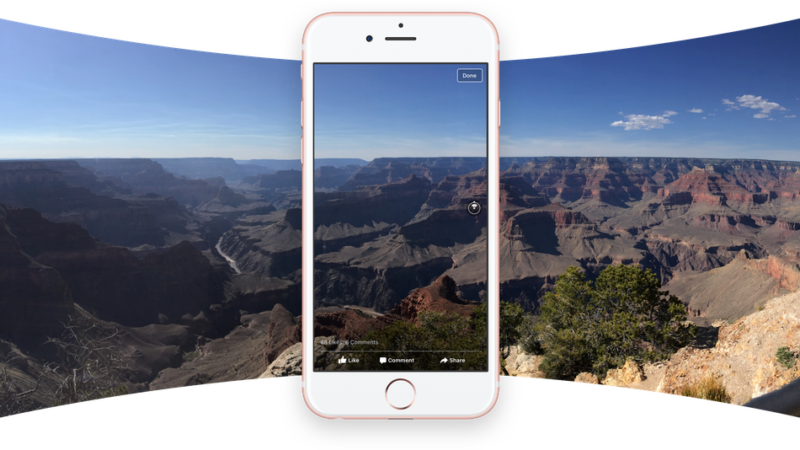

Have you ever wondered why your fill rate is alarmingly low? Have you seen ad load times even longer than your content length? In this blog post and the next we feature a discussion on the unsuspected culprit: VPAID wrappers.
Why is fill rate an important metric for a publisher? For those of you new to advertising terminology: Fill Rate = Ad opportunities successfully filled / Total ad opportunities. Basically, ad insertion requests that are actually filled. A low fill rate points to under-monetization of online video content.
Once again, for a 360 view of parties involved, we have:
- Publishers would like to maximize fill rate, hence revenue
- Viewers want an engaging experience; preferably with ads that target their interests.
- Advertisers want to maximize ad recall, brand awareness, and, purchase intent for the right customer segment
Some notes.
Should publishers achieve a maximum fill rate, it would mean that 100% of the impressions are filled and paid. But, not all of those are relevant or tasteful for their audience. Quality of ads greatly influence visitors’ experience. And can impact audience’s loyalty towards that website. eg. willingness to return. Overdoing it damages their long term prospects. Under-doing loses revenue.
56% advertisers of US ad agency professionals cited targeting capabilities as the most valuable digital video advertising feature for their clients.
Targeting puts a cap on the available video ad inventory available for publishers. A publisher’s audience matches a variety of targeting criterias. An ad request from an ad network may reply with “no ad available” for a specific visitor, simply because it does not match any available ad campaign targeting. Many “no ads” responses lower total fill rate. So what do publishers do?
They partner with multiple ad networks. First, they may aim to sign up with a local player, with specialized/specific targeting, matching the bulk/niche of its core audience. The remnant traffic is monetized with several large ad networks.
To sum up. We have a publisher with audience spanning over multiple targeting criterias. And multiple ad providers hoping to match advertisers with the right viewers. What is the ideal course of action?
An ad request is sent by the publisher. Some algorithm identifies the best ad network, from publisher’s long list of ad network partners. What is the best ad network in this use case? One capable of fetching the best revenue for the publisher. Matching the visitor with the right advertiser targeting criterias. Would be a win for all parties. In reality, there are two approaches.
Daisy Chain / Waterfalling
In waterfalling, a fixed/floor CPM is associated with each ad network. Publishers start by selling impressions to the highest price floor ad network. In case of a “no-ad” tag, the next ad network is loaded to request another ad. And so and so forth.
The length of these ad networks chains? Depends. The average is up to 3-4.
This technique may drive up fill rate, but at a significant cost. Remember the consecutive queued ad tag load? That repeated polling increases latency. Depending on the implementation, as we will see next, the total load time can be outrageously high. High latency affects user experience negatively.
Parallel ad requests
To alleviate high latency issues, publishers can send parallel requests. Basically, a broadcast to multiple ad networks. The first returned ad gets the impression. Win for fill rate and latency. But with a potential downside to revenue maximization efforts. An alternative to this would be to use a real-time bidding strategy: ad impressions sold through real-time auctions during web page load time.
In the next blog post we talk about how these algorithms are implemented.
